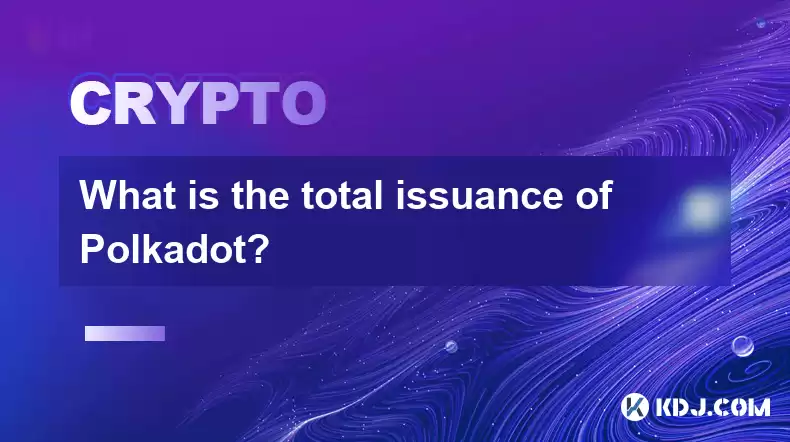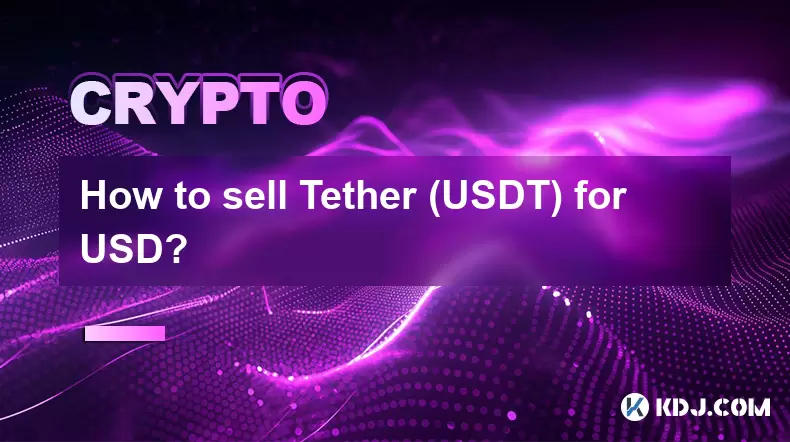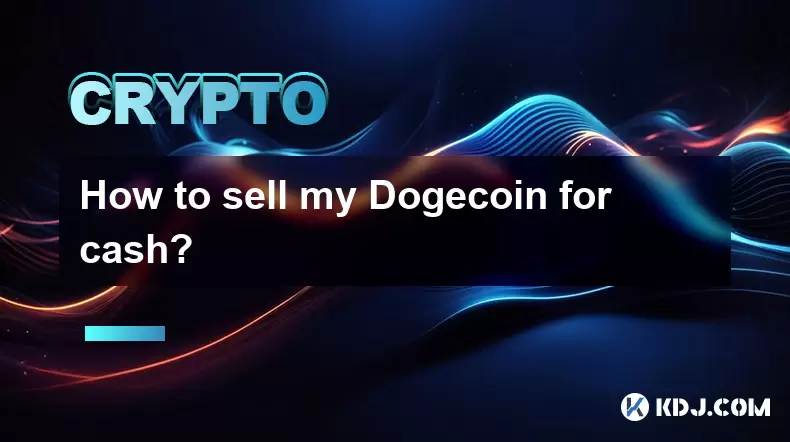-
 Bitcoin
Bitcoin $115100
1.27% -
 Ethereum
Ethereum $3675
2.71% -
 XRP
XRP $2.995
1.45% -
 Tether USDt
Tether USDt $1.000
0.02% -
 BNB
BNB $769.8
2.64% -
 Solana
Solana $168.0
3.25% -
 USDC
USDC $0.9999
-0.01% -
 TRON
TRON $0.3371
1.48% -
 Dogecoin
Dogecoin $0.2051
3.36% -
 Cardano
Cardano $0.7394
2.30% -
 Hyperliquid
Hyperliquid $38.15
0.42% -
 Stellar
Stellar $0.3966
-0.36% -
 Sui
Sui $3.486
2.93% -
 Chainlink
Chainlink $16.72
2.52% -
 Bitcoin Cash
Bitcoin Cash $568.0
4.36% -
 Hedera
Hedera $0.2440
2.59% -
 Ethena USDe
Ethena USDe $1.001
0.04% -
 Avalanche
Avalanche $22.16
2.06% -
 Litecoin
Litecoin $119.1
-0.73% -
 UNUS SED LEO
UNUS SED LEO $8.991
0.04% -
 Toncoin
Toncoin $3.232
-0.39% -
 Shiba Inu
Shiba Inu $0.00001233
2.82% -
 Uniswap
Uniswap $9.717
2.53% -
 Polkadot
Polkadot $3.664
1.85% -
 Dai
Dai $1.000
0.01% -
 Monero
Monero $281.2
-3.89% -
 Bitget Token
Bitget Token $4.350
1.55% -
 Cronos
Cronos $0.1428
5.07% -
 Pepe
Pepe $0.00001050
3.68% -
 Aave
Aave $262.3
3.54%
What is the total issuance of Polkadot?
Polkadot's (DOT) total issuance, initially 1 billion, isn't fixed; a burning mechanism counteracts inflation from staking rewards, resulting in a dynamic, capped supply that fluctuates constantly.
Mar 17, 2025 at 08:54 pm

Key Points:
- Polkadot's total token issuance is capped, but not fixed at a single number due to the on-chain burning mechanism.
- The initial total supply was 1 billion DOT.
- Inflation and deflationary pressures influence the circulating supply.
- Staking rewards contribute to the circulating supply.
- DOT burning reduces the overall supply.
What is the total issuance of Polkadot?
The question of Polkadot's (DOT) total issuance is more nuanced than a simple numerical answer. Unlike some cryptocurrencies with a predetermined, fixed supply, Polkadot's total issuance is capped but subject to dynamic changes. The initial total supply of DOT tokens was set at 1 billion. However, this number is not static. The actual circulating supply fluctuates based on various factors within the Polkadot ecosystem.
The Polkadot network incorporates an inflation mechanism to reward validators and nominators who participate in securing the network. This inflation generates new DOT tokens, increasing the circulating supply. The rate of inflation is not constant; it's designed to decrease over time, aiming for a more stable and predictable environment. This gradual reduction in inflation is a key component of Polkadot's long-term economic model.
Furthermore, Polkadot features a unique burning mechanism. This mechanism reduces the total supply of DOT. Certain on-chain activities and transactions can lead to the destruction of DOT tokens, counteracting the inflationary pressure from staking rewards. The exact amount of DOT burned varies depending on network activity and the specific transactions involved. This burning mechanism adds another layer of complexity to determining the precise total issuance at any given time.
Understanding the Circulating Supply:
It's important to distinguish between the total issuance and the circulating supply. The total issuance represents the maximum possible number of DOT tokens that can exist. The circulating supply, on the other hand, refers to the number of DOT tokens actively in circulation and not locked up in various mechanisms. A significant portion of DOT is often locked up in staking, treasury management, or other processes.
The circulating supply changes constantly due to staking rewards, inflation, and the burning mechanism. Therefore, looking at real-time data from reputable cryptocurrency trackers is crucial to understand the current circulating supply of DOT. These trackers continuously update their figures based on blockchain data. It is not possible to give a precise number for total supply at any moment in time because of the dynamic nature of the network.
How Staking Impacts Total Issuance:
A substantial portion of DOT is staked to secure the network and participate in governance. Validators receive rewards for their participation, which are paid in DOT. This mechanism introduces inflation, increasing the circulating supply. However, the rate of inflation is designed to gradually decrease over time, aiming to balance the need for network security with long-term economic stability.
Nominators, who delegate their DOT to validators, also receive a share of the rewards. This incentivizes broader participation in securing the network and further distributes the newly created DOT tokens. The combined effect of validator and nominator rewards leads to a continuous, albeit controlled, increase in the circulating supply of DOT.
The Role of DOT Burning:
The inclusion of a burning mechanism in Polkadot is a crucial aspect of its economic design. This mechanism reduces the total supply of DOT tokens. Specific on-chain transactions and activities can trigger the burning of DOT. For example, certain transaction fees might be burned rather than accumulating in a treasury.
The burning mechanism helps counterbalance the inflationary pressure from staking rewards. This creates a more balanced and potentially deflationary pressure over time, depending on the relative rates of inflation and burning. It is difficult to predict the exact effect on total supply due to the varied and complex factors affecting both the burning rate and the inflation rate.
The Impact of Treasury Management:
Polkadot's treasury plays a significant role in the ecosystem's development and governance. The treasury holds a considerable amount of DOT, and its management impacts the circulating supply. Funds from the treasury are used to fund projects, support community initiatives, and incentivize further development on the Polkadot network. These actions can influence the available circulating DOT, albeit indirectly. The use of treasury funds is governed by community proposals and votes, ensuring transparency and community involvement.
Frequently Asked Questions:
Q: Is Polkadot's total supply fixed?
A: No, Polkadot's total supply is capped, but it's not fixed. Inflation from staking rewards and deflation from burning mechanisms cause fluctuations in the total and circulating supply.
Q: How can I find the current circulating supply of DOT?
A: Check reputable cryptocurrency tracking websites that provide real-time data on blockchain activity. These websites will show the current circulating supply of DOT.
Q: What is the purpose of the DOT burning mechanism?
A: The burning mechanism helps to counteract the inflationary pressure from staking rewards, creating a more balanced and potentially deflationary pressure on the token's supply.
Q: Will Polkadot ever have a completely fixed supply?
A: It's highly unlikely. The dynamic nature of the network and its economic model suggest a continuous adjustment between inflationary and deflationary pressures, rather than a fixed total supply.
Q: How does the Polkadot treasury affect the total DOT supply?
A: The treasury's usage of DOT influences the circulating supply, but it doesn't directly alter the maximum possible supply of DOT. Funds are distributed, influencing the available circulating DOT.
Disclaimer:info@kdj.com
The information provided is not trading advice. kdj.com does not assume any responsibility for any investments made based on the information provided in this article. Cryptocurrencies are highly volatile and it is highly recommended that you invest with caution after thorough research!
If you believe that the content used on this website infringes your copyright, please contact us immediately (info@kdj.com) and we will delete it promptly.
- HashFlare Founders Face the Music: Jail Time Looms?
- 2025-08-07 14:30:12
- Pepeto's Pounce: Meme Coin Mania Meets Blockchain Infrastructure
- 2025-08-07 15:10:12
- Parataxis, SPAC Merger, and Bitcoin Treasury: A New York Minute on Crypto's Latest Moves
- 2025-08-07 15:30:12
- Toshi on Binance.US: A Memecoin's Big Break
- 2025-08-07 14:30:12
- Bitcoin, SPAC Mergers, and Parataxis: A New Yorker's Take on Crypto's Wall Street Moment
- 2025-08-07 14:50:27
- Bitcoin, Collateral, and Loan Strategies: A New York Minute on the Future of Finance
- 2025-08-07 14:50:27
Related knowledge

How to sell Tether (USDT) for USD?
Aug 07,2025 at 03:29pm
Understanding Tether (USDT) and Its USD ValueTether (USDT) is a stablecoin designed to maintain a 1:1 value ratio with the United States Dollar (USD)....

How to sell my Bitcoincoin for cash?
Aug 07,2025 at 02:14pm
Understanding the Basics of Selling Dogecoin for CashSelling Dogecoin for cash involves converting your DOGE tokens into a fiat currency such as USD, ...

What is Chainlink (LINK)?
Jul 22,2025 at 02:14am
Understanding Chainlink (LINK): The Decentralized Oracle NetworkChainlink is a decentralized oracle network designed to bridge the gap between blockch...

What is Avalanche (AVAX)?
Jul 22,2025 at 08:35am
What is Avalanche (AVAX)?Avalanche (AVAX) is a decentralized, open-source blockchain platform designed to support high-performance decentralized appli...

What is Polkadot (DOT)?
Jul 19,2025 at 06:35pm
Understanding the Basics of Polkadot (DOT)Polkadot (DOT) is a multi-chain network protocol designed to enable different blockchains to transfer messag...

What is Litecoin (LTC)?
Jul 23,2025 at 11:35am
Overview of Litecoin (LTC)Litecoin (LTC) is a peer-to-peer cryptocurrency that was created in 2011 by Charlie Lee, a former Google engineer. It is oft...

How to sell Tether (USDT) for USD?
Aug 07,2025 at 03:29pm
Understanding Tether (USDT) and Its USD ValueTether (USDT) is a stablecoin designed to maintain a 1:1 value ratio with the United States Dollar (USD)....

How to sell my Bitcoincoin for cash?
Aug 07,2025 at 02:14pm
Understanding the Basics of Selling Dogecoin for CashSelling Dogecoin for cash involves converting your DOGE tokens into a fiat currency such as USD, ...

What is Chainlink (LINK)?
Jul 22,2025 at 02:14am
Understanding Chainlink (LINK): The Decentralized Oracle NetworkChainlink is a decentralized oracle network designed to bridge the gap between blockch...

What is Avalanche (AVAX)?
Jul 22,2025 at 08:35am
What is Avalanche (AVAX)?Avalanche (AVAX) is a decentralized, open-source blockchain platform designed to support high-performance decentralized appli...

What is Polkadot (DOT)?
Jul 19,2025 at 06:35pm
Understanding the Basics of Polkadot (DOT)Polkadot (DOT) is a multi-chain network protocol designed to enable different blockchains to transfer messag...

What is Litecoin (LTC)?
Jul 23,2025 at 11:35am
Overview of Litecoin (LTC)Litecoin (LTC) is a peer-to-peer cryptocurrency that was created in 2011 by Charlie Lee, a former Google engineer. It is oft...
See all articles

























































































